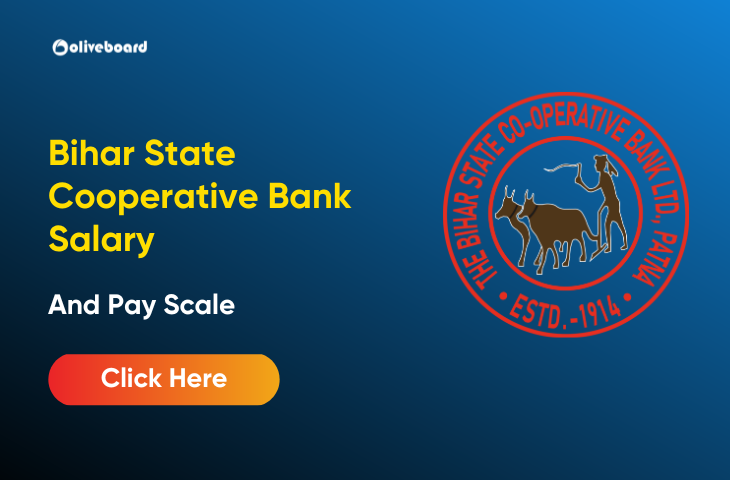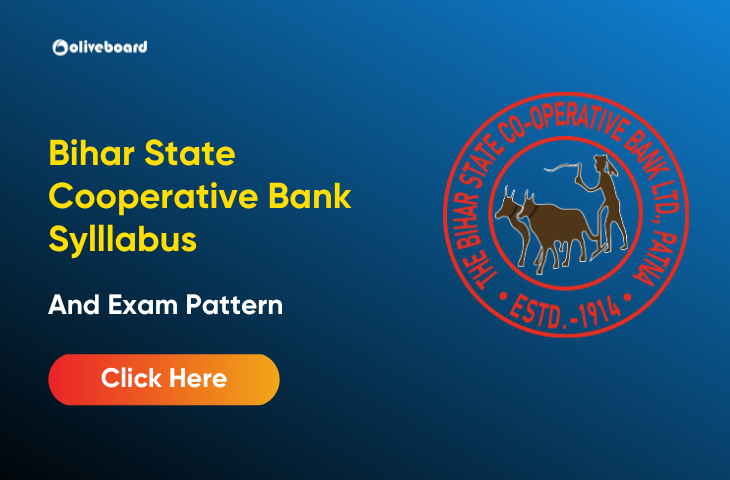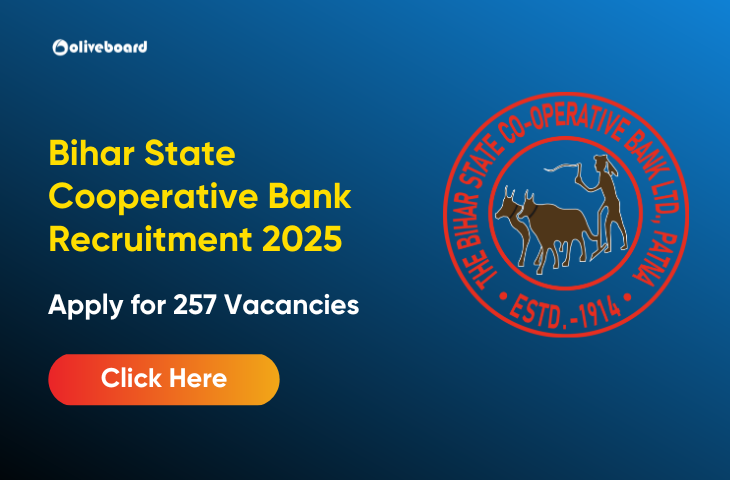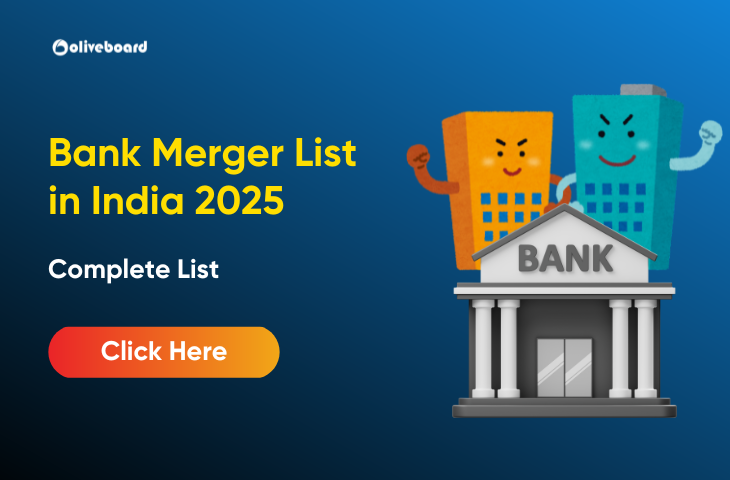Bank Merger List: In the last ten years, India’s banking landscape has been reshaped through a series of mergers and consolidations. These mergers were initiated to improve operational efficiency, enhance credit capacity, tackle bad loans, and build globally competitive institutions. Below is a chronological summary of the most significant Bank Merger List, highlighting their purpose, impact, and integration strategy.
2022 – HDFC Ltd. Merged with HDFC Bank
To further diversify its offerings and strengthen financial operations, Housing Development Finance Corporation (HDFC) Ltd. merged with HDFC Bank.
- Merged Entities: HDFC Ltd. with HDFC Bank
- Objective: To integrate housing finance operations with banking services, thus forming a large, diversified financial conglomerate with extensive retail and wholesale capabilities.
2020—Major PSU Bank Mergers Initiated by the Government
This marked a landmark consolidation of 10 public sector banks into four anchor banks to improve governance, asset quality, and scalability.
- Punjab National Bank (PNB) merged with Oriental Bank of Commerce and United Bank of India
- Objective: To make PNB the second-largest PSU bank in India with enhanced financial strength and operational reach.
- Canara Bank absorbed Syndicate Bank
- Objective: To create the fourth-largest public sector bank with complementary geographic reach and cultural alignment.
- Union Bank of India merged with Andhra Bank and Corporation Bank
- Objective: To enhance scale, increase capital base, and create a more competitive banking entity.
- Indian Bank merged with Allahabad Bank
- Objective: To form a strong entity with better provisioning coverage, asset quality, and extensive outreach.
- DBS Bank India merged with Lakshmi Vilas Bank
- Objective: To protect depositors of the struggling Lakshmi Vilas Bank and expand DBS’s footprint in India.
Following these mergers, the number of public sector banks in India was reduced to 12, with six anchor banks and six continuing as independent entities.
2019—Merger of Bank of Baroda, Dena Bank, and Vijaya Bank
This was India’s first three-way bank merger, making Bank of Baroda the third-largest PSU bank at the time.
- Merged Entities: Dena Bank and Vijaya Bank with Bank of Baroda
- Objective: To combine complementary strengths, streamline operations, and expand the customer base across regions.
2018 – IDFC Bank Merged with Capital First
To increase its presence in retail banking, IDFC Bank merged with a non-banking financial company, Capital First.
- Merged Entities: IDFC Bank and Capital First formed IDFC First Bank
- Objective: To leverage Capital First’s retail lending expertise and IDFC’s infrastructure to enhance financial inclusion.
2017 – Merger of SBI with Its Associates and Bharatiya Mahila Bank
A major step in consolidating India’s largest bank, SBI merged with its associate banks and Bharatiya Mahila Bank.
- Merged Entities:
- State Bank of Bikaner and Jaipur
- State Bank of Hyderabad
- State Bank of Mysore
- State Bank of Patiala
- State Bank of Travancore
- Bharatiya Mahila Bank
- Objective: To enhance SBI’s global competitiveness, expand its footprint, and reduce operational duplication, thus positioning it among the world’s top 50 banks by assets.
2015 – Kotak Mahindra Bank Merged with ING Vysya Bank
To strengthen its position and scale, Kotak Mahindra Bank merged with ING Vysya Bank in one of the largest private sector bank mergers.
- Merged Entities: ING Vysya Bank with Kotak Mahindra Bank
- Objective: To expand geographical presence, customer base, and product offerings while integrating operations effectively.
2001 – ICICI Bank Merged with Bank of Madura
This early merger helped ICICI Bank rapidly expand its presence in South India and improve its retail portfolio.
- Merged Entities: Bank of Madura with ICICI Bank
- Objective: To strengthen ICICI’s footprint in southern regions and increase retail and SME banking capabilities.
2000 – HDFC Bank Merged with Times Bank
India’s first voluntary bank merger, this set the tone for future consolidations in the sector.
- Merged Entities: Times Bank with HDFC Bank
- Objective: To expand HDFC Bank’s branch network, customer base, and operational scale.
Key Benefits of Bank Mergers
- Improved Operational Efficiency: Synergies in management, technology, and infrastructure.
- Enhanced Credit Capacity: A larger capital base enables lending to larger projects and sectors.
- Stronger Risk Management: Better provisioning and diversified portfolios.
- Global Competitiveness: Ability to match global standards and participate in international banking.
- Reduction of NPAs: Stronger governance and better oversight.
Challenges of Bank Mergers
- Cultural Integration: Harmonizing different work cultures takes time and strategy.
- Technology Synchronization: Core banking systems must be unified for smooth operations.
- Human Resource Management: Staff redundancies and relocations need sensitive handling.
- Customer Service Consistency: Transition period may temporarily affect customer experience.
India’s banking sector has undergone a major transformation through strategic mergers over the past decade. These initiatives, primarily led by the government and supported by the private sector, aim to create stronger, more resilient, and globally competitive banks. While challenges remain, the long-term benefits in terms of reach, scale, and service quality are undeniable. We hope this Bank Merger List was helpful for you!
- IBPS PO Vacancy 2025 Out, 5208 Vacancies Released, Latest Update

- Weekly Current Affairs 2025 PDF For Bank, SSC, UPSC Exams

- Monthly Current Affairs 2025 PDF For SSC, Banking, Railways

- Bihar State Cooperative Bank Clerk Salary and Pay Scale 2025

- Bihar State Cooperative Bank Clerk Syllabus and Exam Pattern 2025

- Bihar State Cooperative Bank Recruitment 2025 for 257 Vacancies


The most comprehensive online preparation portal for MBA, Banking and Government exams. Explore a range of mock tests and study material at www.oliveboard.in
